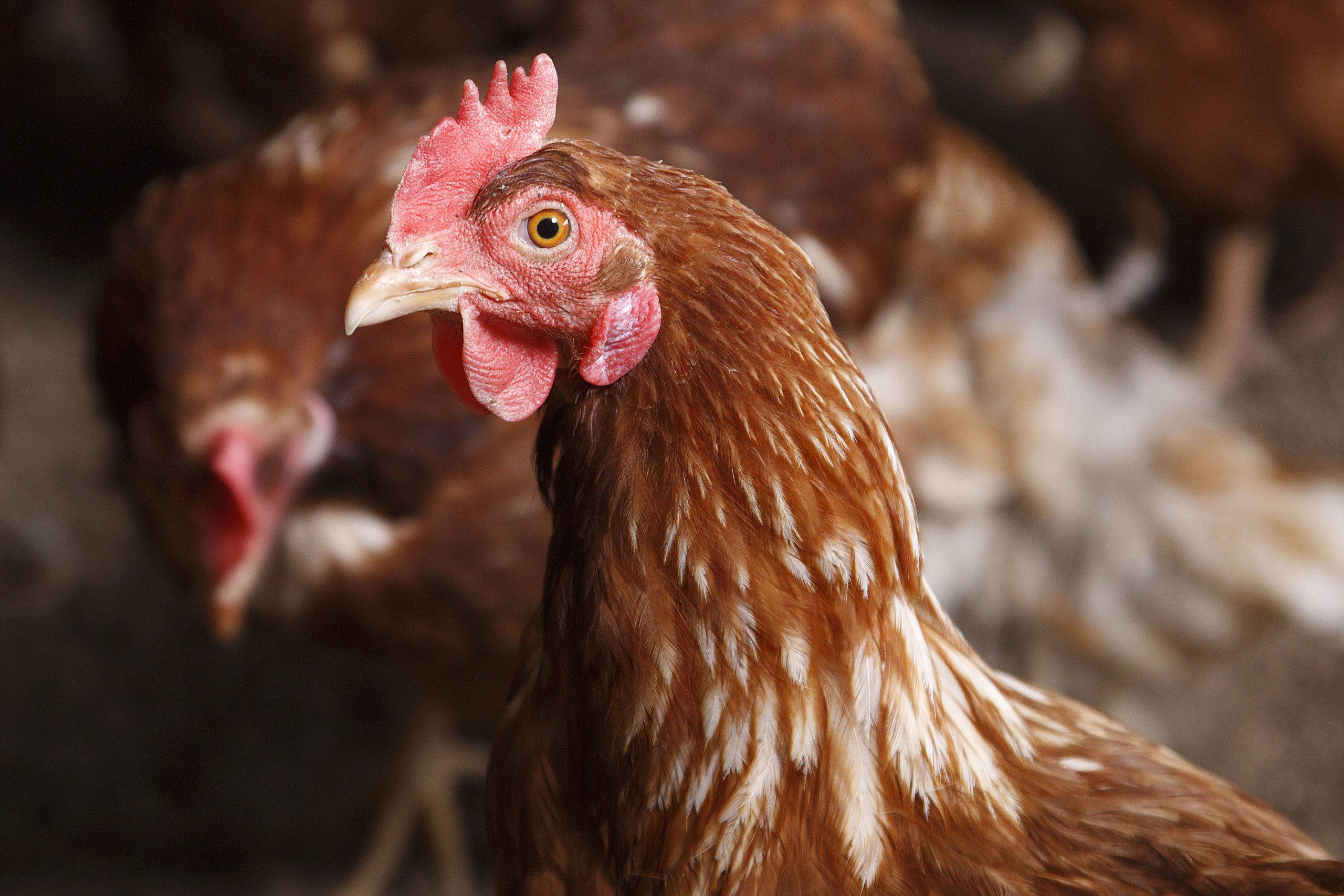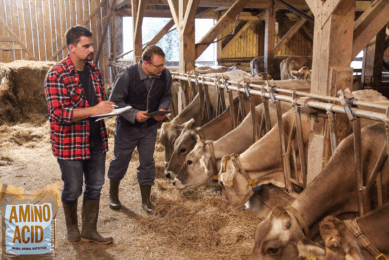The feed factor in poor feathering

A good plumage is important for chickens and a sign of a healthy and good performing bird. However, stress and poor nutrition can result in feathering issues. Some nutritional aspects to consider are discussed here.
A chicken’s body protein content is around 21% while a feather’s protein level is around 94 to 96% (Block and Boiling, 1951). Therefore, a chicken’s dietary protein and amino acids (AA) requirements are very high during feather synthesis, especially for sulphur-based AA and arginine.
Feathers lack blood and nerve supplies (Lillie, 1948), however, reports suggest that their condition is affected by intake level of protein (Ambrosen and Petersen, 1997) and essential amino acids (Kumar et al., 2016). Due to their thermo-regulatory function, feathers are considered important for improving a bird’s energy utilisation efficiency which can be related to bird performance and farm profitability. Studies have shown that birds with poor feathers refract more heat from their exposed body areas (Nichelman et al., 1986) resulting in an increased requirement for maintenance energy (Glatz, 2001) and increased feeding cost (Piguri and Coon, 1993).
Factors affecting feathering
Feathering can be affected by multiple factors. Most of them are related to a bird’s management, nutrition, genetics, age, gender, disease etc. (Savory, 1995). At commercial levels, management and nutrition play major roles in maintaining a good plumage. Stress can result in some feather loss as birds will tend to reduce their maintenance requirement for nutrients. This is done in two ways, one is by losing their feathers and the second is by pulling feathers off other birds to eat them and meet their nutritional demands. Thus, stress-related feather pecking or cannibalism is the most common reason for loss of feathers in commercial poultry birds. Also, high barn temperatures and or humidity, poor air quality (high ammonia, CO2) and litter material type can cause feather loss.
Effect of nutrition
There is no documented report which shows that feathers have a protein requirement; however, their condition is affected by a bird’s dietary protein level. The total feather score of laying hens was significantly improved when dietary CP was increased from 11.1 to 19.3%, with maximum score achieved at 15.3% CP (Ambrosen and Petersen, 1997). In that study, it was believed that the protein deficiency triggered feather pecking and the affected birds lost their feathers. Also, studies have reported that levels of some of the essential AA, most importantly methionine, cysteine and lysine, significantly impact feathering in poultry birds. Cysteine is considered most critical AA in the synthesis of feather proteins. However, methionine AA also impact feathering (Al Bustani and Elwinger, 1987) while Elwinger (2002) reported poor feathering due to deficiency of both sulphur-based AA, cysteine and methionine. In another study by Danner and Bessei (2000), cannibalism was reduced in laying hens when dietary methionine level was increased from 0.22 to 0.36%.


Therefore, the dietary intake of these sulphur-based AA acids is significant to maintain healthy plumage. Reports show that lysine AA also impact feathering of birds. In a dietary protein or AA deficiency condition, birds tend to reduce their maintenance requirements by losing some of their feathers. Also, the nutrient-deprived birds peck feathers of fellow birds to eat them and meet their amino acid deficiency. Poultry diets are richer in non-structural polysaccharides and not much attention has been given to insoluble fibres in poultry nutrition. However, studies show that oat-based diets containing higher levels of insoluble fibre showed less cannibalism compared to wheat-based diets.
Possibly, the effect was due to hens spending more time feeding because of low energy in high fibre diets and birds found less time for feather pecking (Hughes and Black, 1977). In addition to this, plumage in poultry can be influenced by the bio-availability of some of the dietary trace minerals. Both, their levels and their dietary source (organic or inorganic) can affect feather development. Edens et al. (2001) reported that feather development was significantly faster in fast-feathered broilers when birds were fed diets (0-42 days) containing organic yeast selenium compared to the diets fed with selenium obtained from an inorganic source. Also, selenium forms selenomethionine and selenocysteine bonds with methionine and cysteine AA and increase their bioavailability to the birds. Selenium is also a potent anti-oxidant element and can prevent oxidative damage to the feathers in stressful conditions. Zinc is another important trace mineral considered important for feather development.
Feed quality and diseases
Poor quality feeds, especially using ingredients containing high levels of mycotoxins, may result in damaged feathers. The trichothecene mycotoxins produced by Fusarium mould was reported to cause significant damage to feathers in 10 day old chicks (Parkhurst et al., 1992). Wyatt et al. (1975) also reported altered feathering growth in broiler chicks when fed diets contaminated with T-2 mycotoxins. Reports also show that birds fed mash diet do better with feathering compared to the ones fed with pelleted diets. (Bearse et al., 1949; Walser, 1997). Laying hens tend to spend more time foraging on mash feed and showed a reduction in feather pecking behaviour compared to birds fed on pelleted feed (Hartini et al., 2003). Diseases also affect plumage. Feathers can be damaged by keratinase enzyme secreted by Bacillus licheniformis bacteria. This enzyme hydrolyses the beta-keratin matrix of feathers and cause structural damage to them. Birds infested with external parasites (lice, feather mites) and internal parasites (ascarids, round worms) are likely to lose feathers due to skin irritation and malnutrition.
Increased requirements
In a nutshell, poor feathering is a common problem in commercial poultry production and has been linked to farm performance and bird welfare. Poorly feathered skin areas refract more metabolic heat resulting in an increased requirement for maintenance energy, increased feed intake and feed cost, poor performance and reduced farm income. Birds with fewer feathers tend to have more tissue wear and tear resulting in higher condemnation at the processing plant. Therefore, optimal nutrition and management are important to maintain good plumage in poultry birds.











